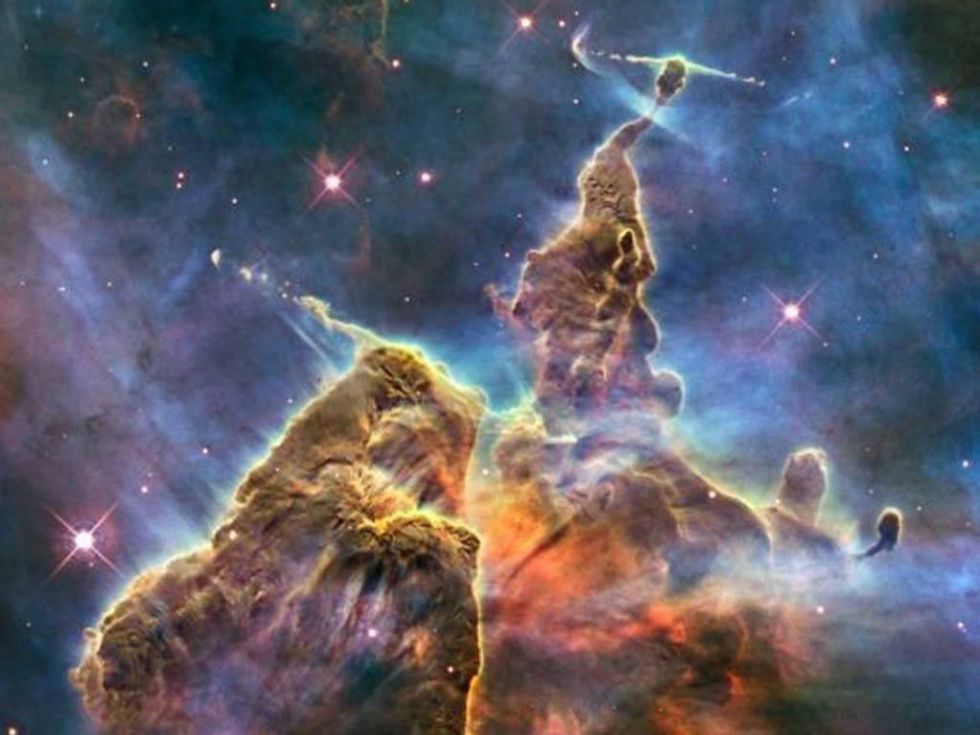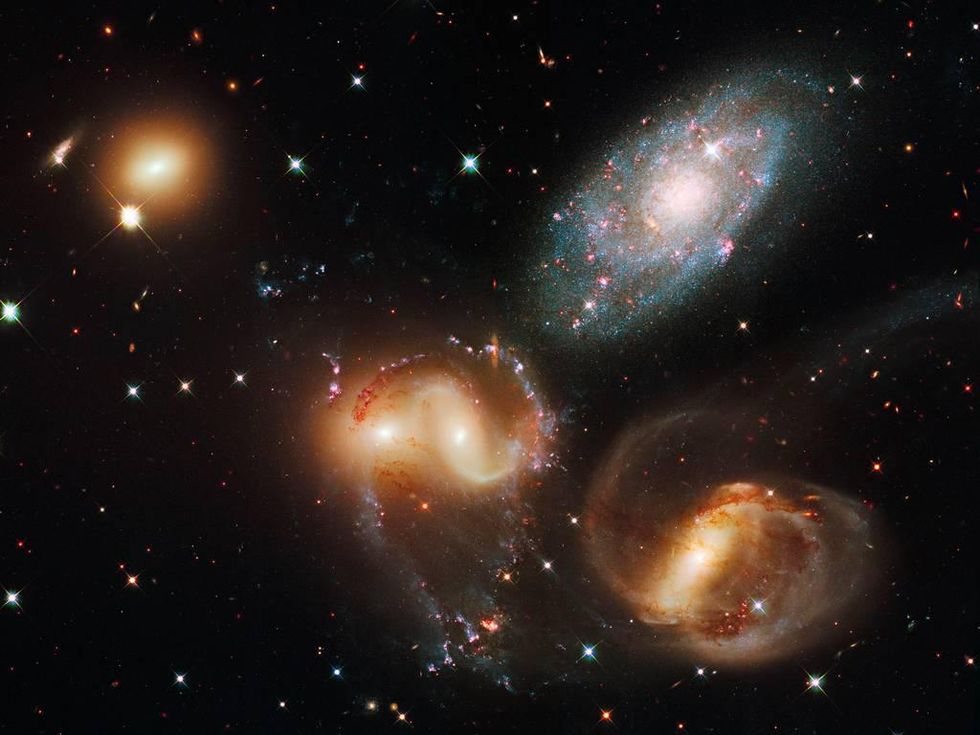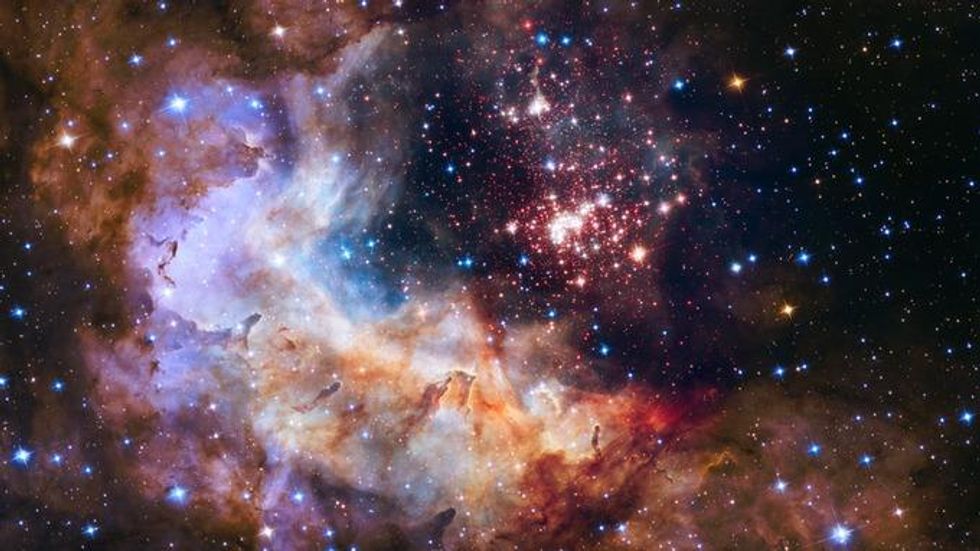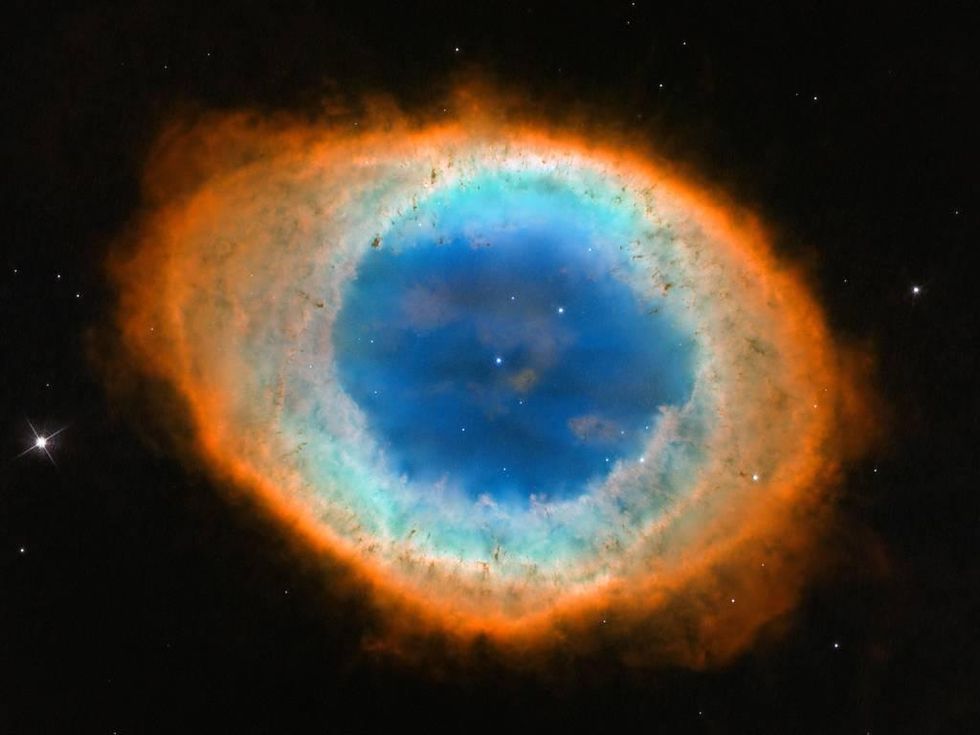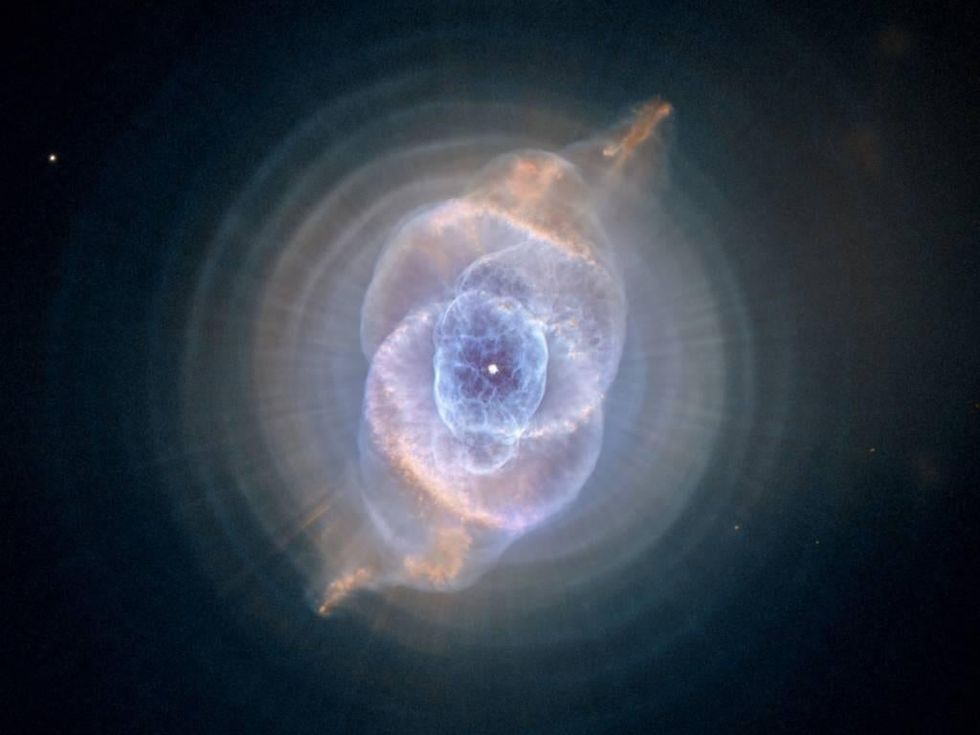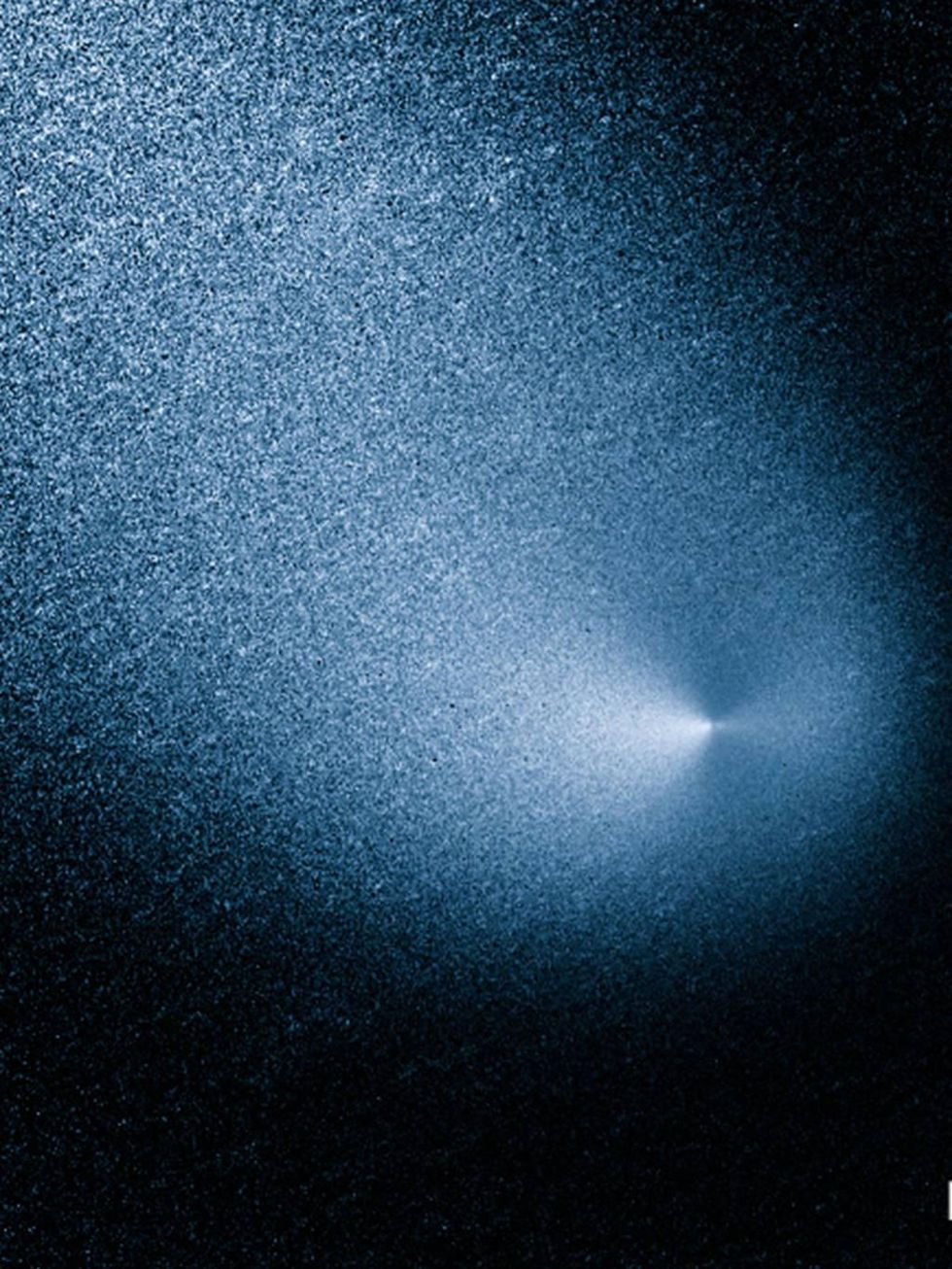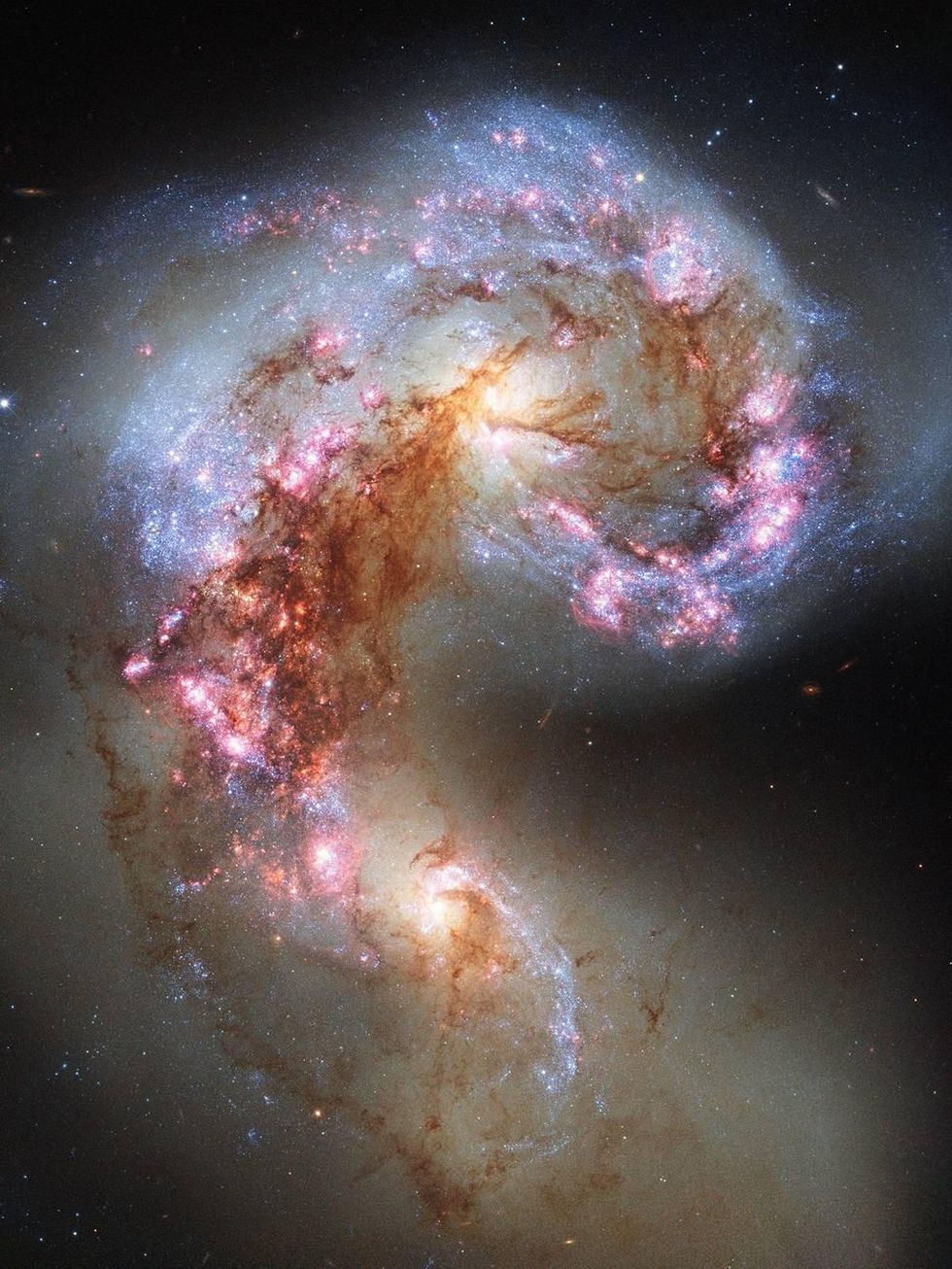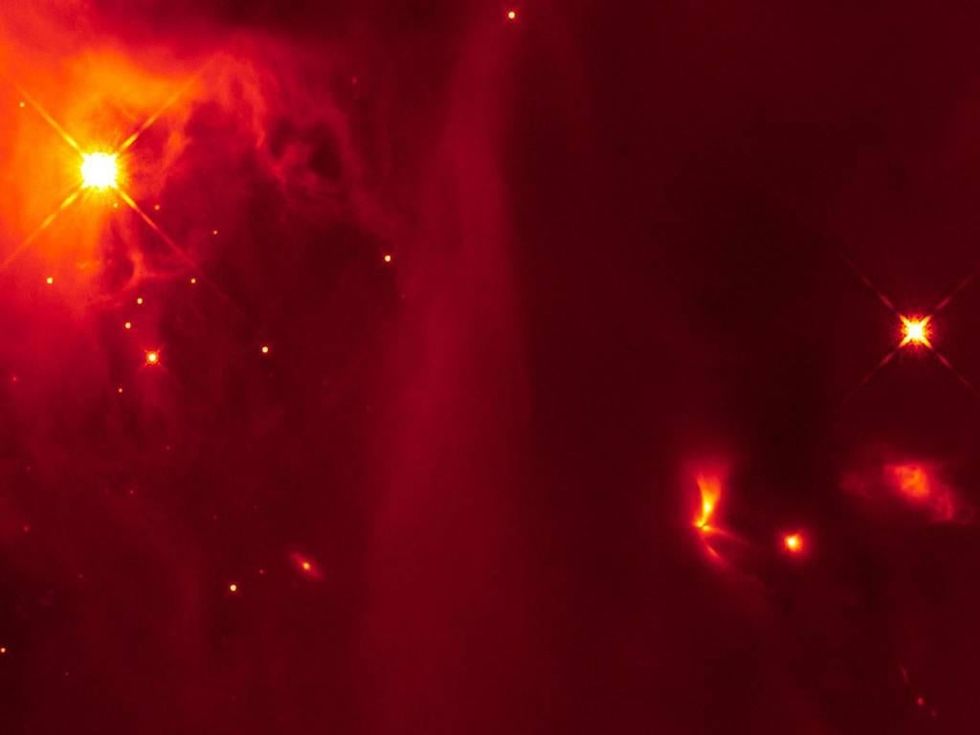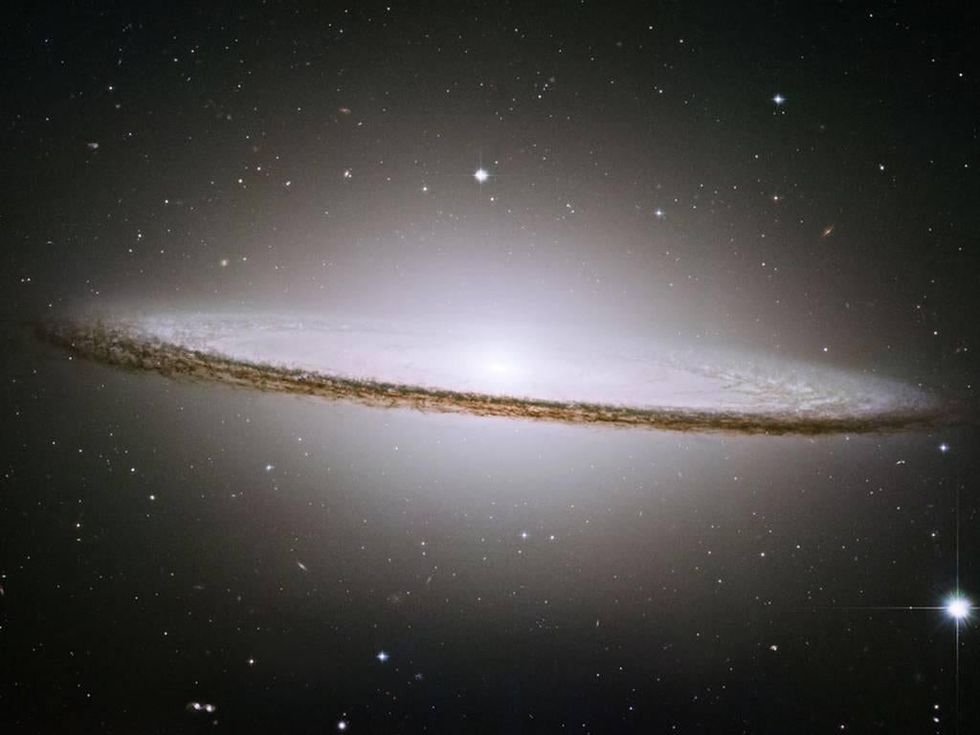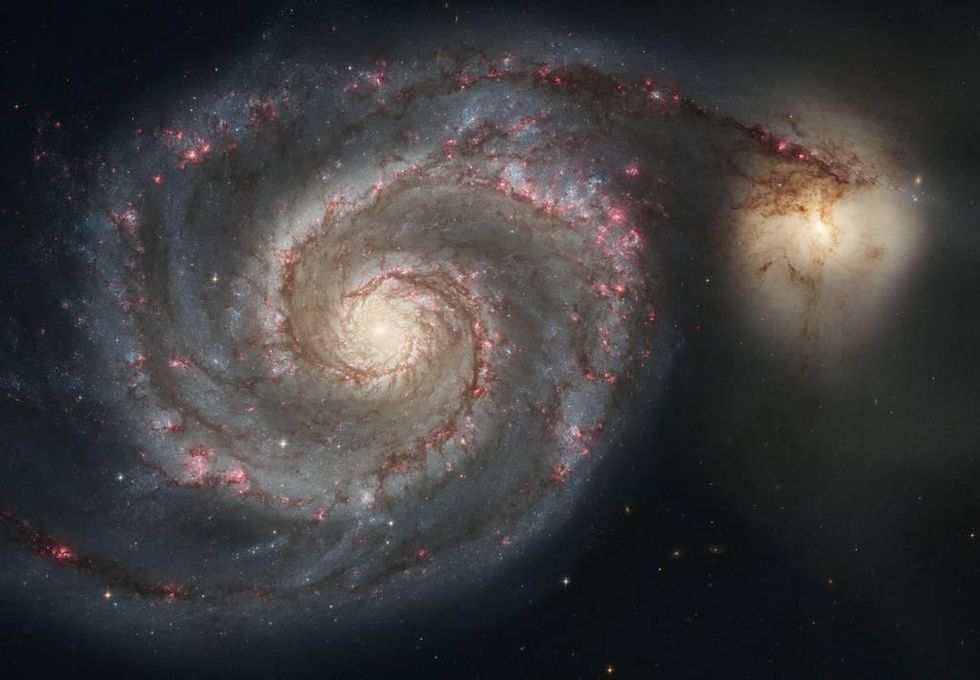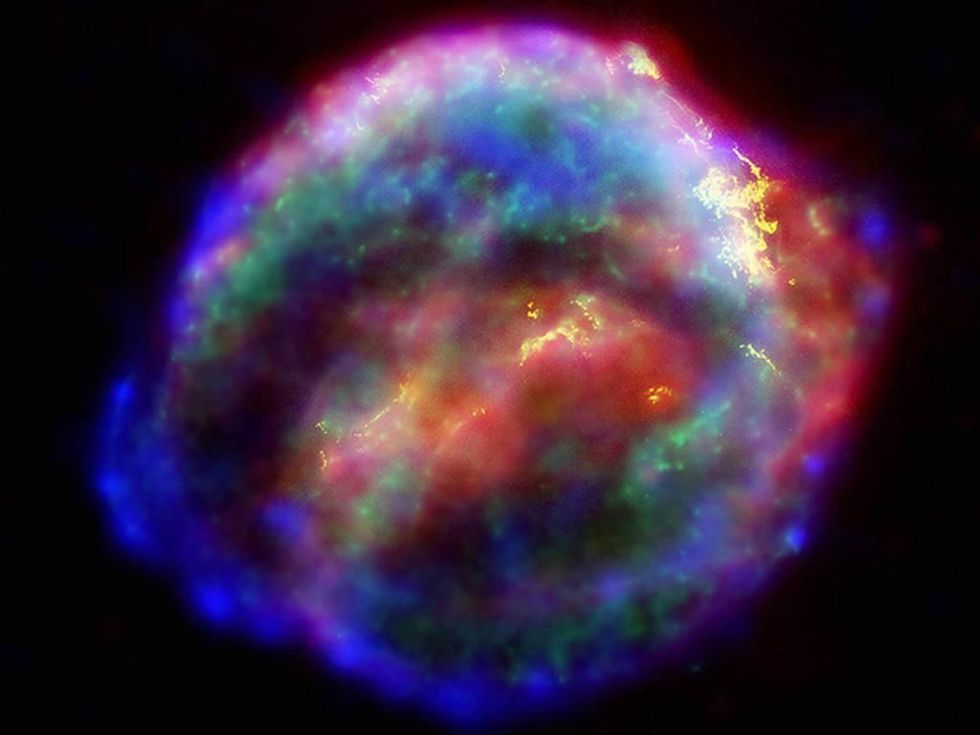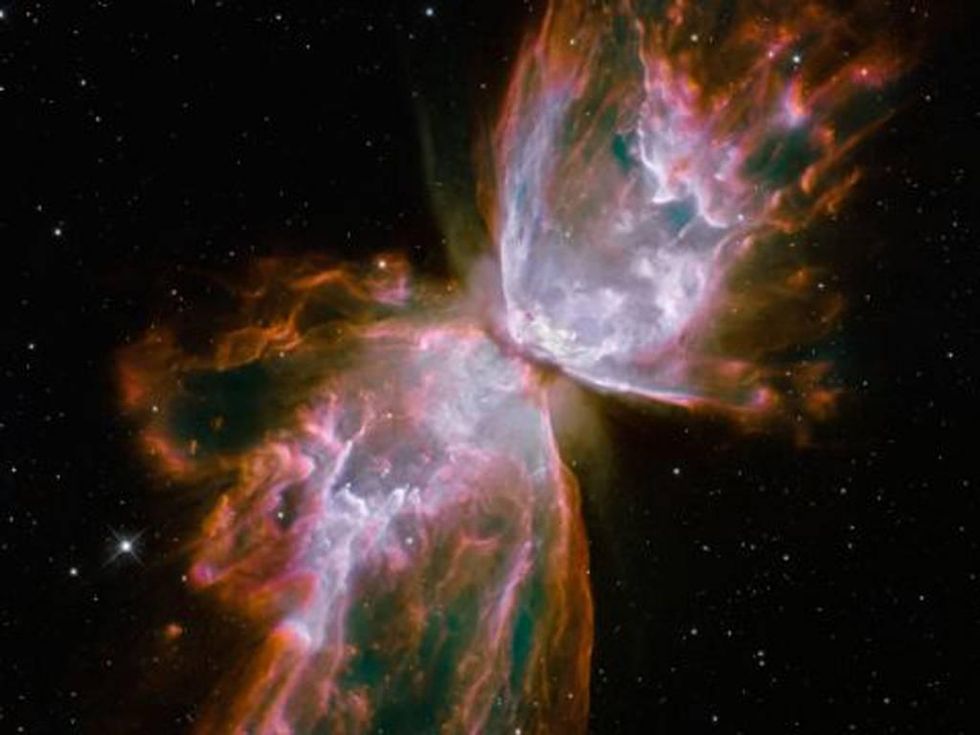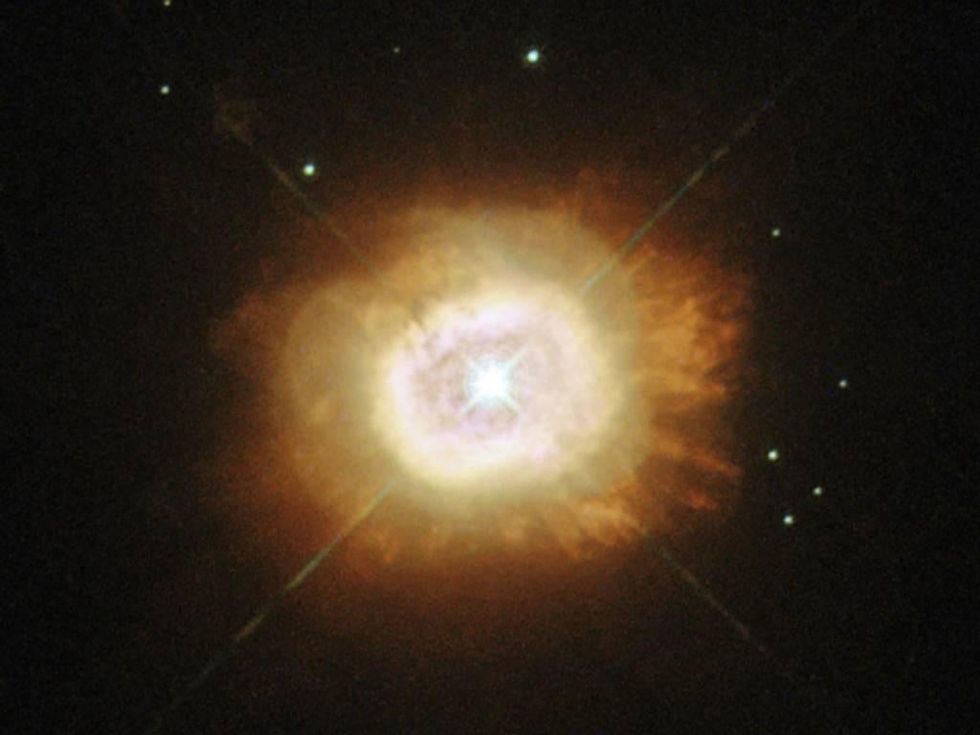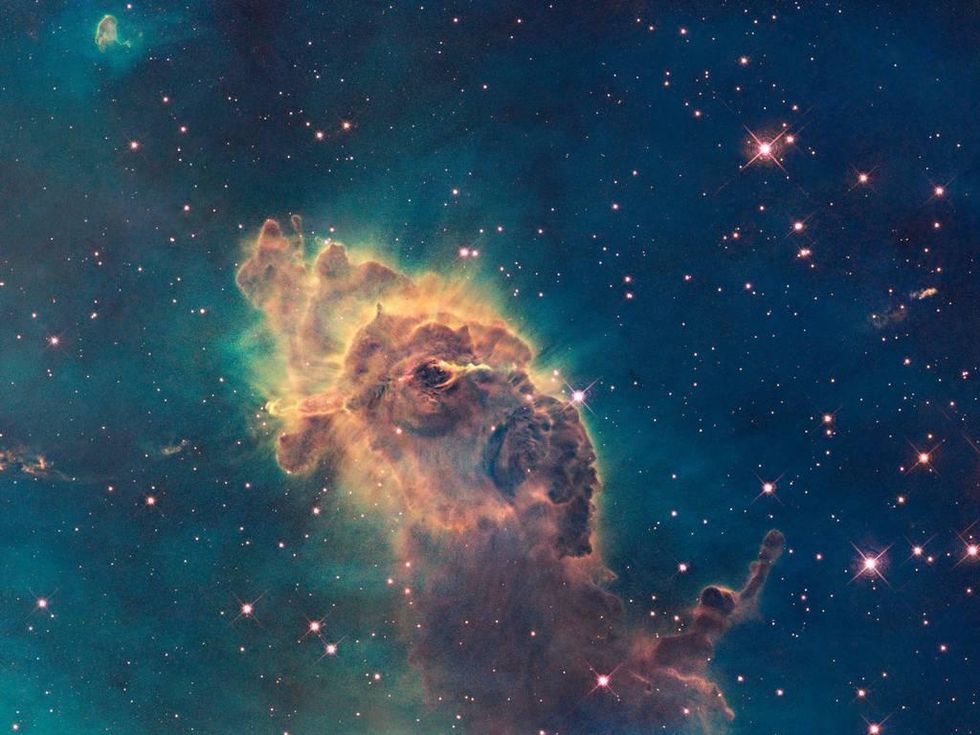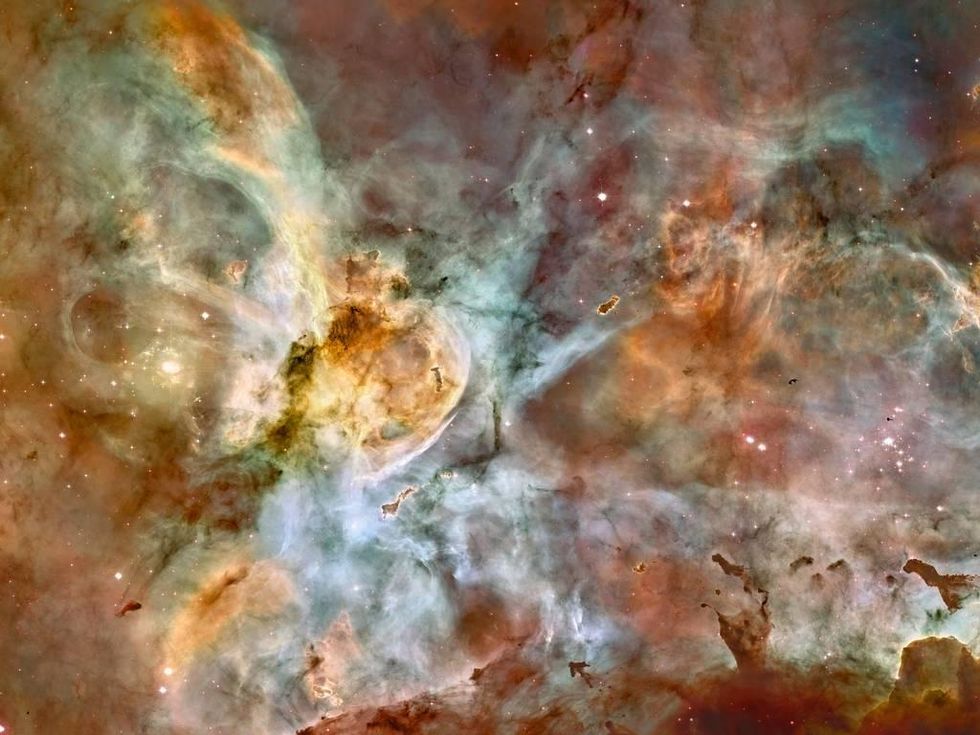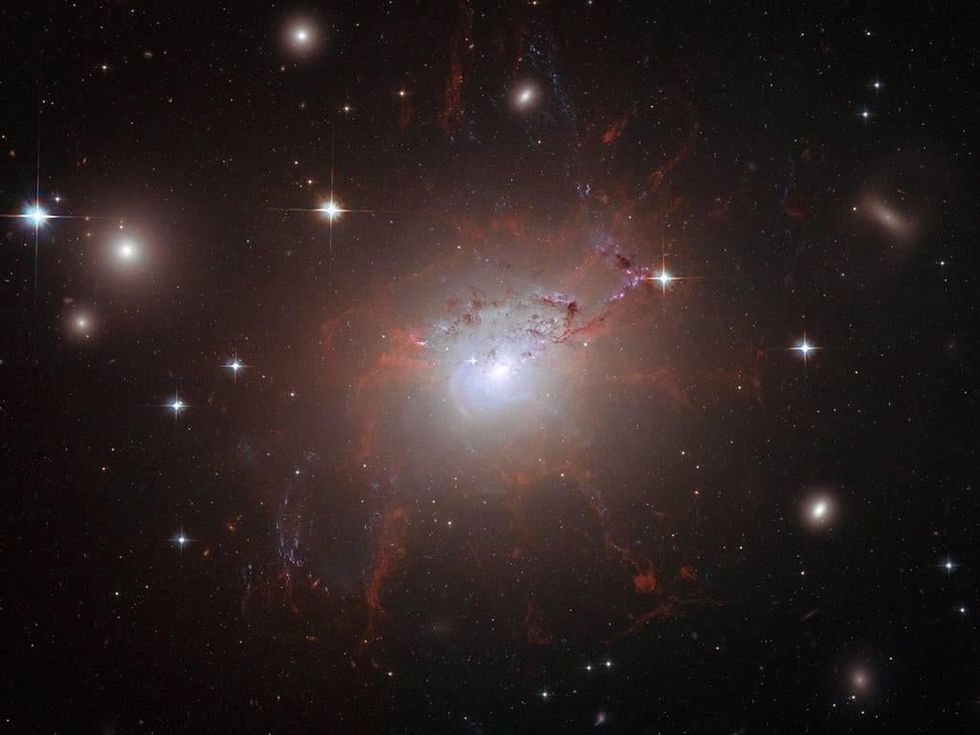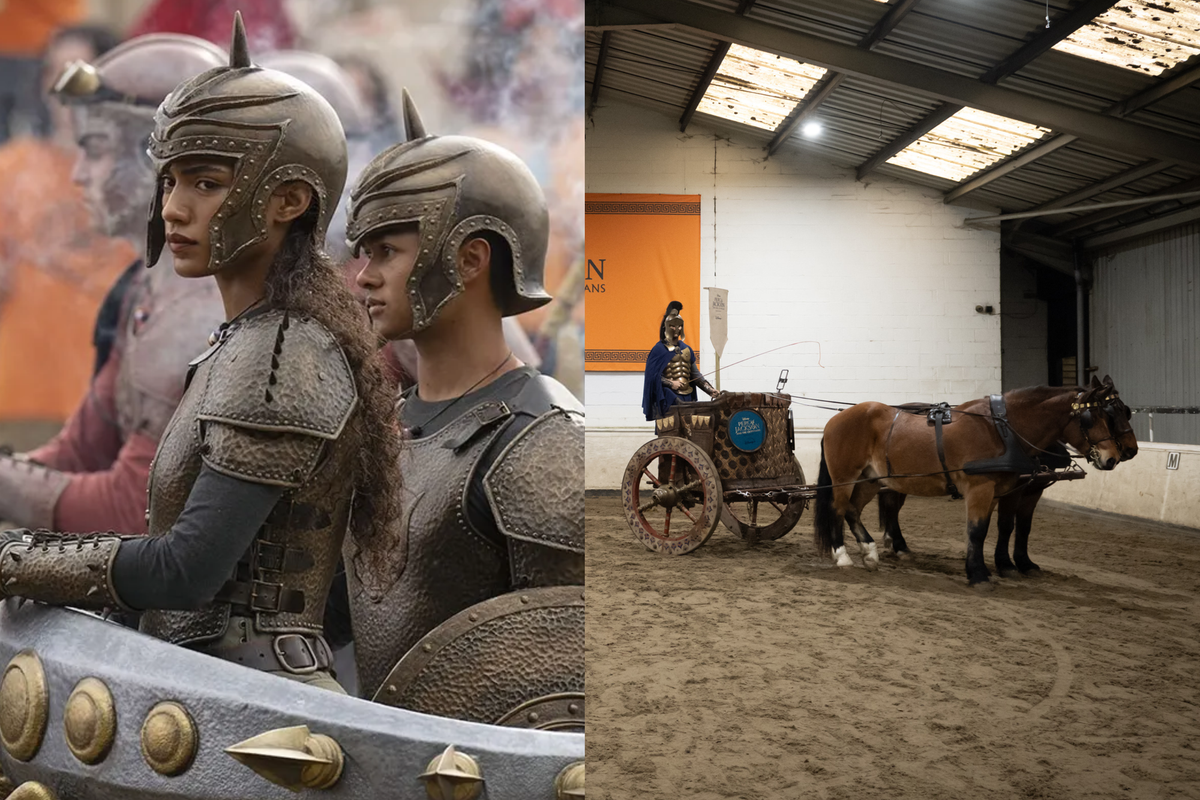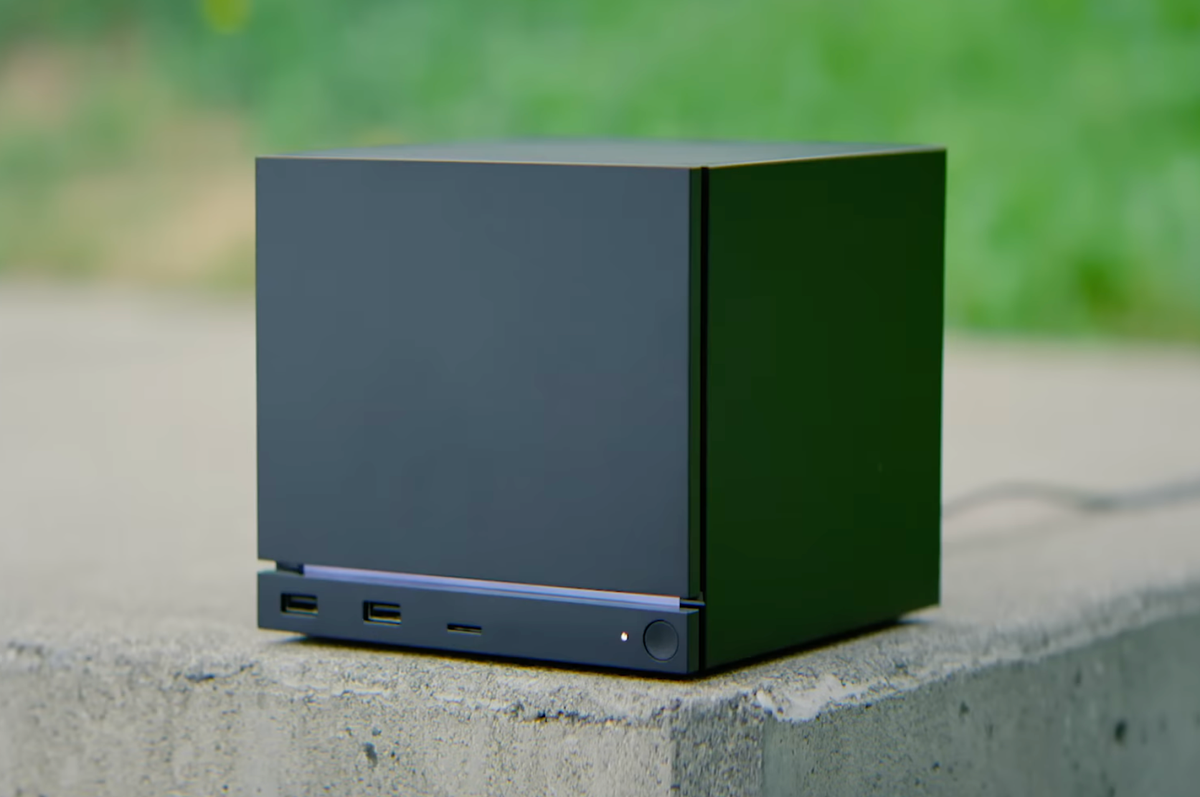Science & Tech
Andrew Griffin
Apr 24, 2015

It's been 25 years since the Hubble Space Telescope was launched into orbit by the Space Shuttle.
On April 24, 1990, the shuttle carried Hubble up into space, making it the first telescope of its kind.
To celebrate, here are some of the best pictures it has taken in 25 years.
The tendrils of a dark interstellar cloud being destroyed by the passage of one of the brightest stars in the Pleiades star cluster
Illuminating: the 'Whirlpool Galaxy'
The Cone Nebula, an innocuous pillar of gas and dustThe Hubble Space Telescope shows the Eagle Nebula's 'Pillars of Creation'. The dust and gas in the pillars is seared by the intense radiation from young stars and eroded by strong winds from massive nearby stars
The Hubble Space Telescope shows the tattered remains of a supernova explosion known as Cassiopeia A. It is the youngest known remnant from a supernova explosion in the Milky WayKepler's supernova remnant produced by combining data from NASA's three Great Observatories the Hubble Space Telescope, the Spitzer Space Telescope, and the Chandra X-ray Observatory
Image of the Butterfly Nebula, taken by the Hubble Space Telescope in 2009
The sharpest view of the Orion Nebula from the Hubble Space Telescope, 2004–05This picture taken by NASA's Hubble Space Telescope shows six-light-year-wide expanding remnant of a star's supernova explosion, released in 2005The star HD 184738, also known as Campbell’s hydrogen star, surrounded by plumes of reddish gas — the fiery red and orange hues are caused by glowing gases, including hydrogen and nitrogen
This Hubble image of the Antennae galaxies is the sharpest yet of this merging pair of galaxies. As the two galaxies smash together, billions of stars are born, mostly in groups and clusters of stars. The brightest and most compact of these are called super star clustersThe Carina Nebula. Outflowing winds and intense ultraviolet radiation from the large stars shape the material that is the last vestige of the giant cloud from which the stars were born
The barred spiral galaxy M83, also known as the Southern Pinwheel. The Hubble photograph captures thousands of star clusters, hundreds of thousands of individual stars, and 'ghosts' of dead stars called supernova remnantsA nebula named Knockout 4-55 (or K 4-55) photographed by Hubble in 2009
Top 100
The Conversation (0)
